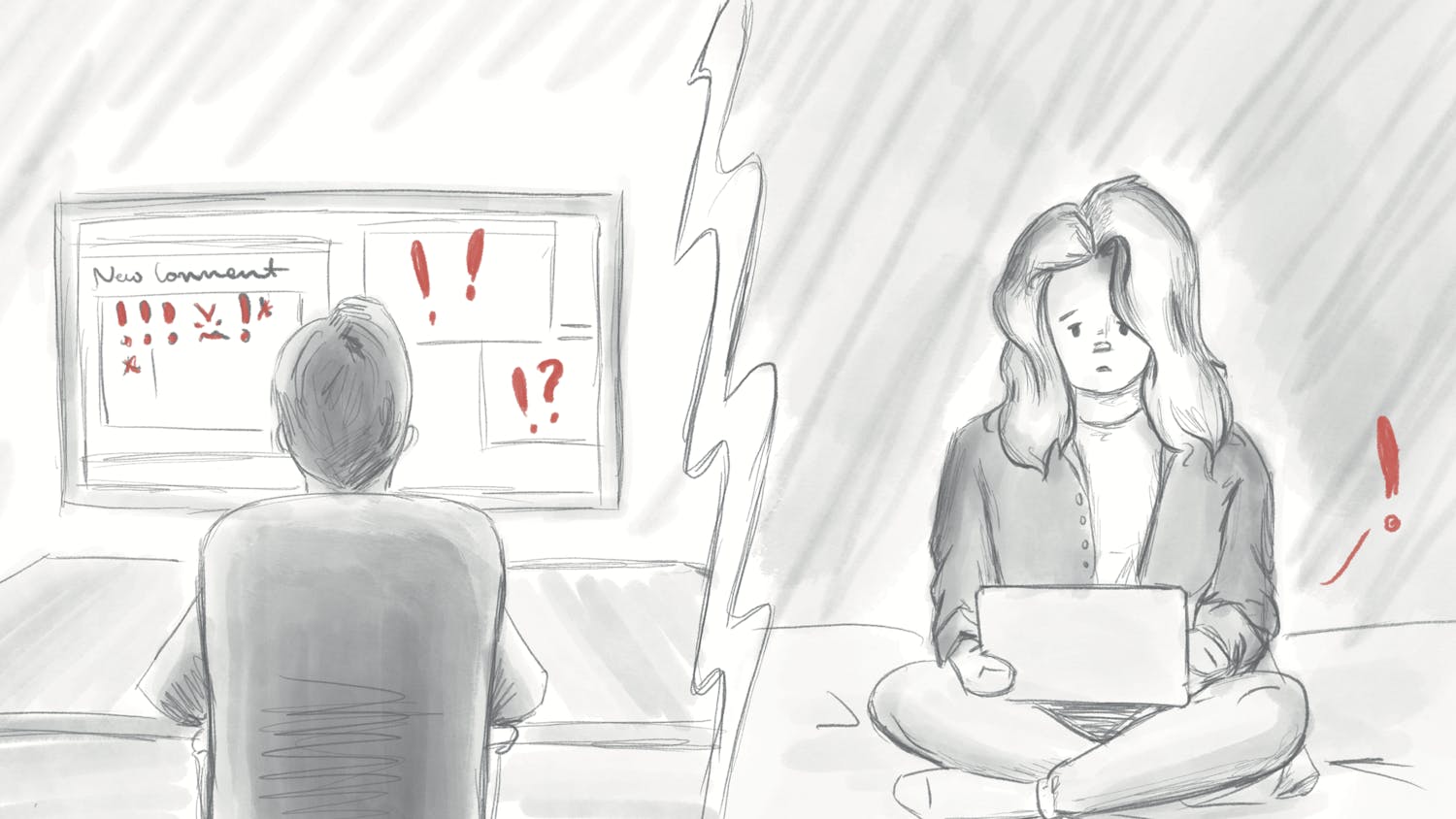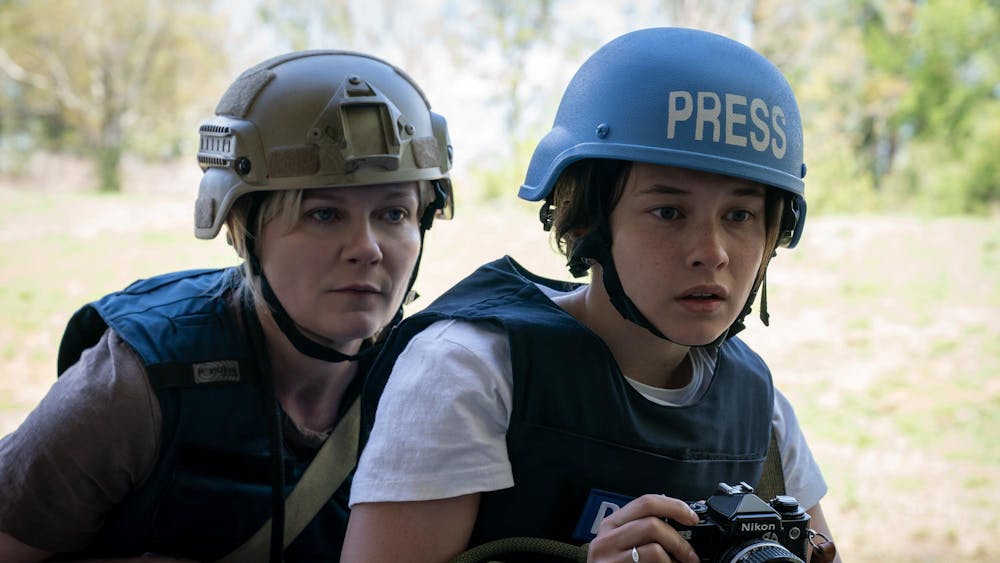There are many reasons to be single, but those reasons can be exceptionally hard to find this time of year.
You haven’t met the right person. You’re just doing you. You’re already in a committed relationship with your Netflix account.
All of these are perfectly acceptable, but maybe the problem isn’t your lack of connection with another person, but rather a lack of connection with your wardrobe.
Romantics will tell you love is blind, but could it be possible to justify a relationship status by the colors of one’s clothing? Or even further, do the types of color we choose to wear affect the types of relationships we pursue?
Valentine’s Day is known for its color scheme — anything red or pink is associated with the celebration of a relationship. For this reason, the two colors conjure retroactive appreciation for love by using this day to applaud all of love’s ventures from the previous year.
But what happens when we flip this association and use color as a proactive measure?
For the other 364 days sans-Valentine’s, could red and pink instead become an insinuation of romance, prompting prospective relationships to unfold?
For research purposes, I went to the keeper of the best love stories: Rotten Tomatoes’ Top 100 Romantic Films. No, I didn’t hit every romantic comedy on the list, but the few I recognized seemed to share a common thread.
I saw it in “Funny Face”: Audrey Hepburn running down the museum stairs in a red Givenchy dress and a cascading chiffon scarf.
I saw it in “Titanic”: Rose picking up the hem of her ruby skirt to stand on her toes in the basement bar.
There it was in “Gone with the Wind”: Scarlett O’Hara making a splash at a party in waves of crimson tulle.
And again, it was in “Pretty Woman”: Julia Roberts gracefully walking past the hotel concierge in a ruby gown that draped off her shoulders.
In each case, the infamous red dress was seen in a relationship’s boldest or most adventurous moment: crashing social hierarchies, making public stunts or stepping out of comfort zones.
With the psychology of color, the red dress makes sense.
In ancient battle practices, soldiers would wear red tunics and body paint to show bravery and courage. With time, red also became the hue of revolution, coloring the French, Bolsheviks and Chinese during each revolt.
Additionally, red was the color of the upper class, a symbol of desirability worn among respected figures like Charlemagne with his red shoes, as well as merchants and aristocrats with their dyed clothes.
From this psychological standpoint, of course a color of such dominance and authority was worn in the most adventurous of relationships and sparked romances that played with fire on the screen.
But in other films where the red dress was absent, another theme took its place.
This can be seen in “Pretty in Pink,” where Molly Ringwald showed up to the prom in her own creation of polka dots and lace.
Next is “Dirty Dancing,” when Baby mambos in her pale pastel frock.
Then there is “The Sound of Music,” as Liesl flits around the gazebo in a blush gown of tulle.
With each of these pink dresses, a relationship found its innocent start. Historically being a color for young royalty or elements of nature, pink’s delicate place in love rings true.
So, if in the best love stories these colors were always present, why couldn’t they also work in the realistic dating world?
Valentine’s Day may revolve around established relationships’ success, but at least its color scheme points singles in the right direction.
bsaggese@indiana.edu





